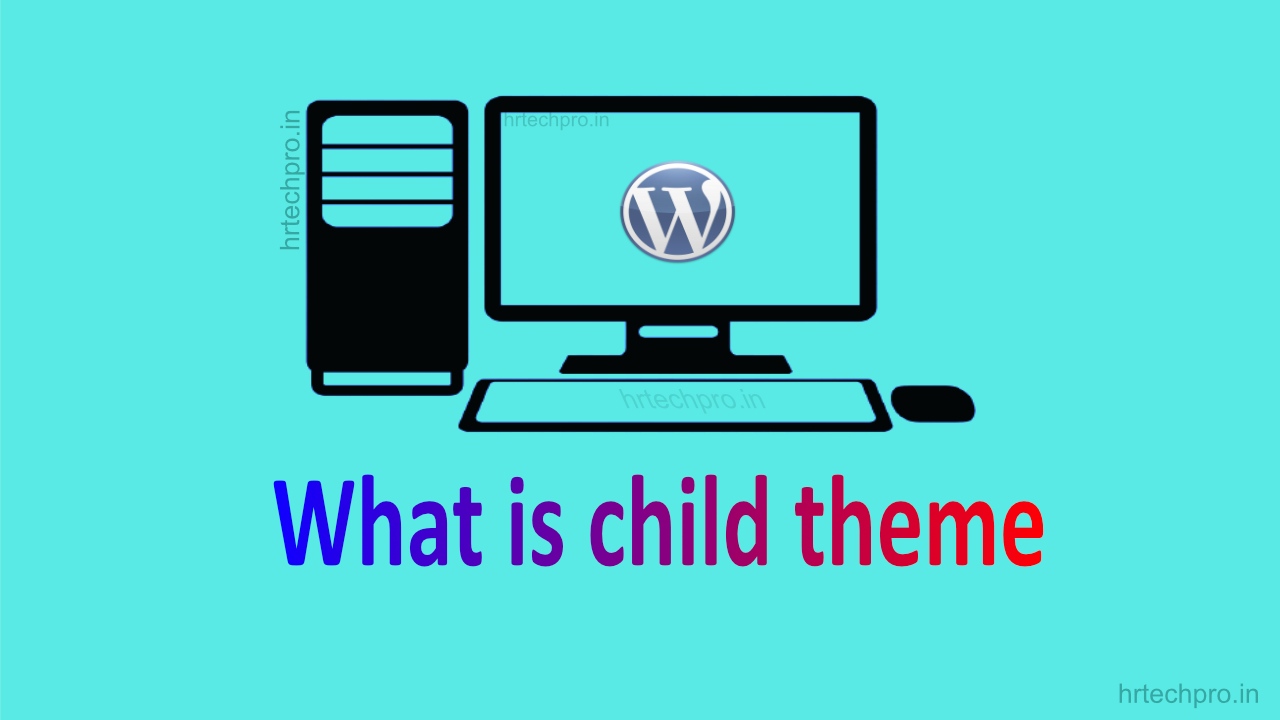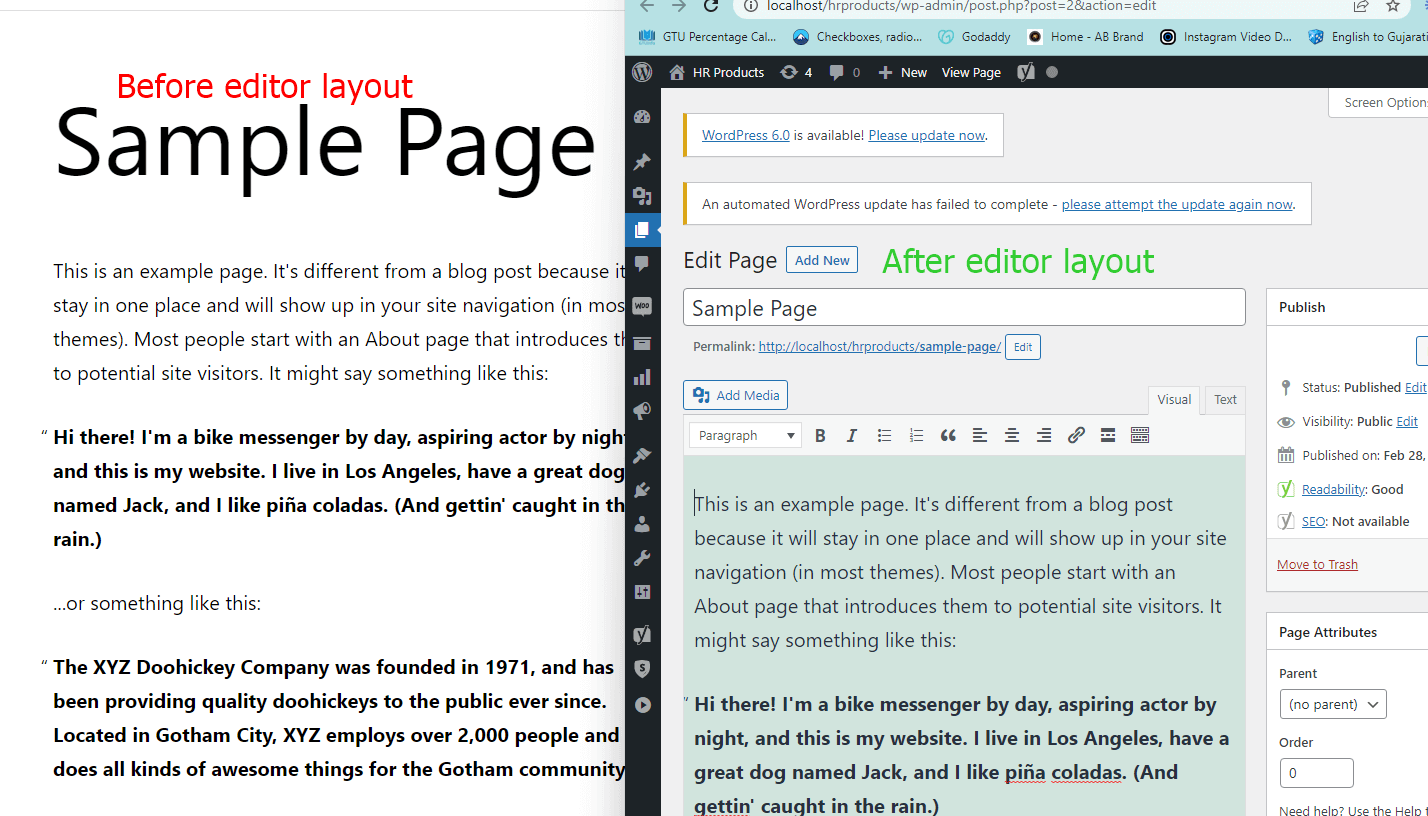How to write CSS for clean and efficient output?
Here are some tips for writing clean and efficient CSS:

1. Use meaningful class and ID names: Choose class and ID names that accurately describe the content they are applied to. Avoid using generic names like “box” or “container” that could be used anywhere on the site. This makes it easier to read and understand the CSS code, and also helps with maintainability.
2. Use shorthand properties: Instead of specifying each individual property separately, use shorthand properties where possible. For example, instead of specifying “margin-top”, “margin-right”, “margin-bottom”, and “margin-left” separately, use the shorthand “margin” property.
3. Use comments: Use comments to explain what the CSS code does, especially for complex or less intuitive code. This makes it easier for others (and your future self) to understand and modify the code.
4. Organize CSS code logically: Organize the CSS code in a logical and consistent manner. This could mean grouping related styles together, using a consistent order for properties, or using a consistent formatting style.
5. Minimize code duplication: Avoid duplicating CSS code wherever possible. If multiple elements have the same styles, create a class that can be applied to all of them instead of repeating the same code multiple times.
6. Use CSS preprocessors: CSS preprocessors like Sass or Less can make it easier to write and maintain CSS code by providing features like variables, functions, and mixins. This can help to reduce code duplication and make the code more modular and reusable.

7. Optimize for performance: Write CSS that is optimized for performance, by minimizing the number of HTTP requests required and minimizing the file size. This can be achieved by using techniques like combining and minifying CSS files, and using browser caching.






